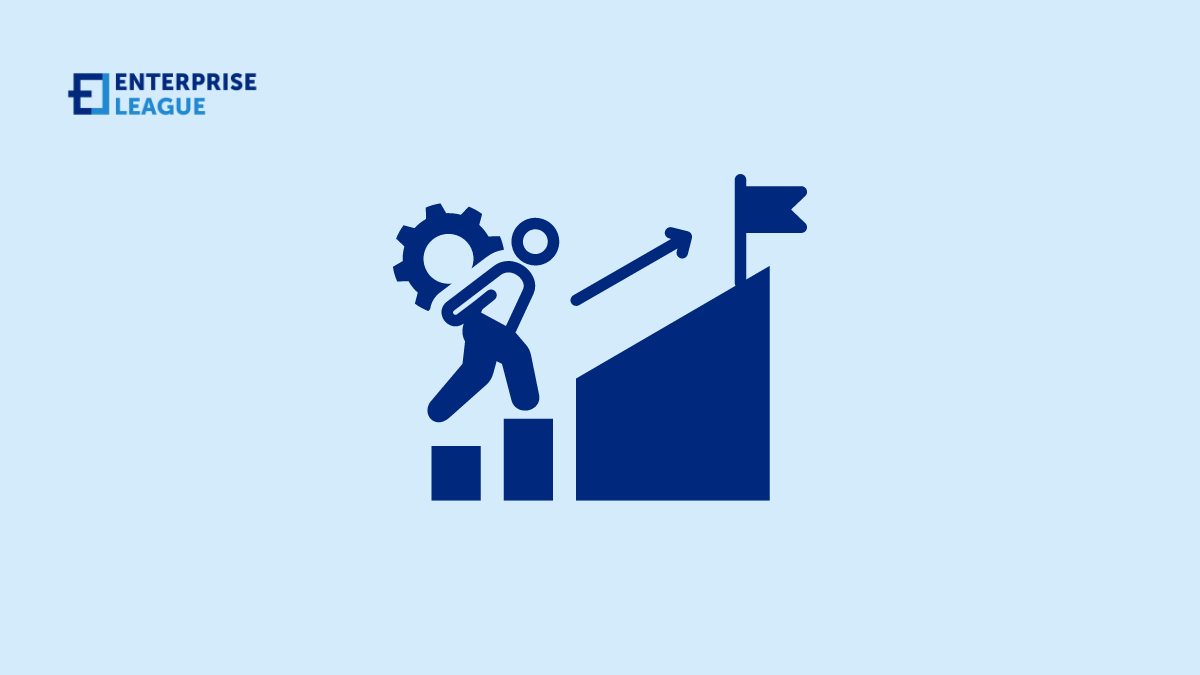It’s a commonly known fact that today you’re facing more business challenges than ever before. It’s not just about keeping up with technology. It’s also about adapting quickly, staying ahead of competitors, and meeting customer expectations. These challenges can feel overwhelming, but understanding them and exploring practical solutions can help you direct carefully and safely in this complex marketplace.
Moreover, the increasing interconnectedness of global markets adds another layer of complexity, as events on one side of the world can have immediate and significant impacts on businesses everywhere.
Adapting to technological changes
Technology evolves at an unprecedented pace. What’s cutting-edge today might be obsolete tomorrow. This creates constant pressure to stay updated with the latest tools and platforms. However, chasing every new technology can lead to scattered efforts, wasted resources, and even unsustainable practices.
Instead of trying to keep up with every trend, focus on technologies that align with your business goals and contribute to long-term sustainability and performance improvement. For instance, if customer experience is a priority, invest in AI-driven customer service tools or personalized marketing platforms. If you’re looking to streamline operations, automation might be the key.
If you’re unsure where to start or need guidance in choosing the right technologies for your small business problems, you can always contact Daystar’s team and some professionals for expert advice tailored to your specific needs.
Addressing the skills gap
This gap is particularly pronounced in areas such as data analytics, artificial intelligence, cybersecurity, and cloud computing. To address this challenge, businesses must invest in ongoing employee training and development programs. By providing employees with the necessary skills to adapt to emerging technologies, companies can enhance their competitiveness, improve productivity, and foster a culture of innovation.
Additionally, partnerships with educational institutions can help to bridge the skills gap by ensuring that graduates are equipped with the knowledge and skills required to succeed in today’s digital economy.
Managing cybersecurity threats
Digital transformation exposes businesses to sophisticated cybersecurity threats, requiring a multi-layered defense. Implement robust protocols like firewalls and encryption, keep software updated, and train employees to identify risks and respond to incidents. While technology is crucial, human error remains a major vulnerability, so invest in security education. An integrated strategy of technology, policies, and crisis planning is essential for safeguarding against devastating cyber attacks in the digital age.
Maintaining customer trust
With so much information at their fingertips, consumers are becoming increasingly discerning. They expect transparency, privacy, and security from the businesses they interact with.
Fostering trust with customers starts with being upfront about how you handle their data. Clearly outline your privacy policies so customers understand how their information is protected. If you collect data for marketing, ensure it’s used to improve the customer experience, not infringe on their privacy.
Competing in a global marketplace
The global reach of modern technology presents both opportunities and challenges for businesses. To stay competitive, companies must cultivate a strong online presence through a user-friendly website, SEO, and content marketing. Social media is a powerful tool for building a loyal customer base worldwide. However, competing globally also requires understanding and adapting to diverse cultural preferences.
Researching your target audience in different regions and developing cultural sensitivity can provide a competitive edge, especially in decision-making. While the ability to connect with a global market is exciting, staying ahead of widespread competition is a common hurdle. Investing in an effective online strategy and tailoring your approach to local markets are key to succeeding in this expansive field.
Conclusion
By understanding common business problems and implementing effective solutions, you can position your business for long-term success. And remember, while the challenges are significant, so are the opportunities. With the right approach, you can thrive in this dynamic environment and lead your business to long-term success.
More must-read stories from Enterprise League:
- Motivating business role models to inspire your entrepreneurial spirit.
- Foretelling: transform your business by predicting future trends.
- Profitable online education business ideas that you should be aware of.
- Unique and profitable drone business ideas you should be aware of.
- Innovative small business growth tips that will take you to the next level.
Related Articles
What are the best fire hydrant suppliers? Here are 5 options for Louisiana municipalities
Fire hydrants are among the most visible, yet often underappreciated, elements of municipal infrastructure. In emergencies, properly functioning hydrants directly impact how effectively firefighters can control blazes, protecting lives, homes, businesses and public...
Best 1800 Number Providers In Australia
If you're operating a business in Australia, it's in your best interest to invest in the right tools to give you an advantage in your respective field. One tool that many local entrepreneurs often overlook is a business number, particularly an 1800 number. 1800...
Where to Find Affordable Election Services for Unions
Every year, thousands of labor or trade organizations across the country hold elections to choose representatives. This creates a demand for affordable election service providers that help unions manage the logistics. Election services for unions come in many...
What are the best fire hydrant suppliers? Here are 5 options for Louisiana municipalities
Fire hydrants are among the most visible, yet often underappreciated, elements of municipal infrastructure. In emergencies, properly functioning hydrants directly impact how effectively firefighters can control blazes, protecting lives, homes, businesses and public...
Best 1800 Number Providers In Australia
If you're operating a business in Australia, it's in your best interest to invest in the right tools to give you an advantage in your respective field. One tool that many local entrepreneurs often overlook is a business number, particularly an 1800 number. 1800...






